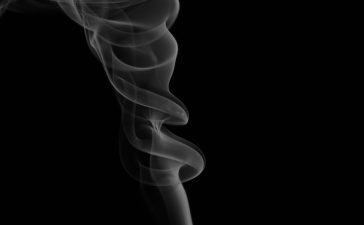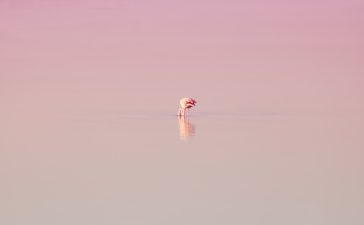Nestled majestically between Tokyo and Yokohama, Mount Fuji stands as a symbol of Japan’s natural beauty and cultural significance. While visiting during the day offers spectacular views and countless hiking opportunities, experiencing Mount Fuji at night unveils a completely different world—a tranquil sky filled with stars and breathtaking opportunities for night photography. This guide will help you make the most of your nighttime adventure at this iconic peak.
The Allure of Mount Fuji After Dark
As night falls, Mount Fuji transforms into a serene landscape. The darkness brings quietude, allowing for quiet contemplation and a chance to connect with nature. The star-studded sky above Fuji is a sight to behold; on clear nights, constellations shine brightly, and the view is unhindered by light pollution—making it an ideal location for stargazers and photographers alike.
Best Times for Stargazing
1. Seasonal Considerations
- Spring (March-May): This is an excellent time, as the weather begins to warm up and the sky often clears after the winter months. Cherry blossoms often peak in late March through early April, offering beautiful contrasts against the mountain.
- Summer (June-August): While summer provides mild temperatures, it also brings increased humidity and the possibility of rain. However, nights tend to be cooler, providing better conditions for stargazing.
- Autumn (September-November): Crisp autumn nights offer clear skies and stunning fall foliage. The views can be spectacular as the changing leaves create a colorful foreground.
- Winter (December-February): Though the temperatures can be frigid, winter nights typically offer the clearest skies, perfect for stargazing.
2. Lunar Phases
For the best stargazing experience, avoid nights with a full moon, as its brightness can wash out the stars. New moon nights are ideal, providing a dark canvas upon which the stars can shine brilliantly.
Best Stargazing Spots
1. The 5th Station
Accessed by car or bus, the 5th Station is a common starting point for hikes and offers a good elevation to view the stars. Facilities and restrooms are available, making it convenient for nighttime visitors.
2. Lake Kawaguchi
This picturesque lake situated at the base of Mount Fuji offers stunning reflections of the mountain against the starry sky. It’s a tranquil spot, perfect for photography enthusiasts looking to capture the essence of Fuji by night.
3. Fuji Five Lakes Area
Explore the various lakes—like Lake Yamanaka and Lake Saiko—where you can enjoy both the view of Fuji and the expansive night sky. Each lake has its unique charm, and light pollution is minimal.
Tips for Night Photography
Capturing the night sky can be challenging but incredibly rewarding. Here are some essential tips to help you get stunning shots of Mount Fuji under the stars:
-
Equipment Essentials:
- Camera: A DSLR or mirrorless camera is ideal for astrophotography.
- Lens: Use a wide-angle lens (14-24mm) to capture the vastness of the sky and the mountain.
- Tripod: Essential for long-exposure shots to avoid shaking.
-
Settings:
- Aperture: Set your lens to the widest aperture (f/2.8 or lower) to allow maximum light.
- ISO: Start around 1600-3200 and adjust based on the clarity of the night sky.
- Shutter Speed: Aim for a duration of 15-25 seconds to prevent star trails unless you’re intentionally capturing them.
-
Focus:
- Set your camera to manual focus, and focus on a distant light or a bright star.
- A focus aid, such as a flashlight or phone screen, can help.
-
Experiment:
- Take multiple shots with varying exposures to see what works best.
- Use different compositions, including foreground elements like trees or the lakes to frame Mount Fuji under the celestial backdrop.
Safety Considerations
Night excursions can be adventurous, but it’s crucial to prioritize safety:
- Dress Appropriately: Temperatures can drop significantly at night, so wear layers and bring a warm hat and gloves.
- Navigation: Use a reliable GPS, as paths can be less visible at night. Headlamps and flashlights with red filters prevent night blindness and keep your night vision intact.
- Group Travel: If possible, go with a friend or a guided group for added safety.
Conclusion
Experiencing Mount Fuji at night provides a unique opportunity to appreciate natural beauty in its most serene form. Whether you’re an avid stargazer or a budding night photographer, the challenge is met with the rewarding spectacle of starry skies, breathtaking mountains, and ample reflection lakes. With careful planning, the right equipment, and a dash of patience, you can create unforgettable memories beneath the twinkling cosmos. So grab your camera and prepare for a magical night at one of Japan’s most cherished natural treasures!






